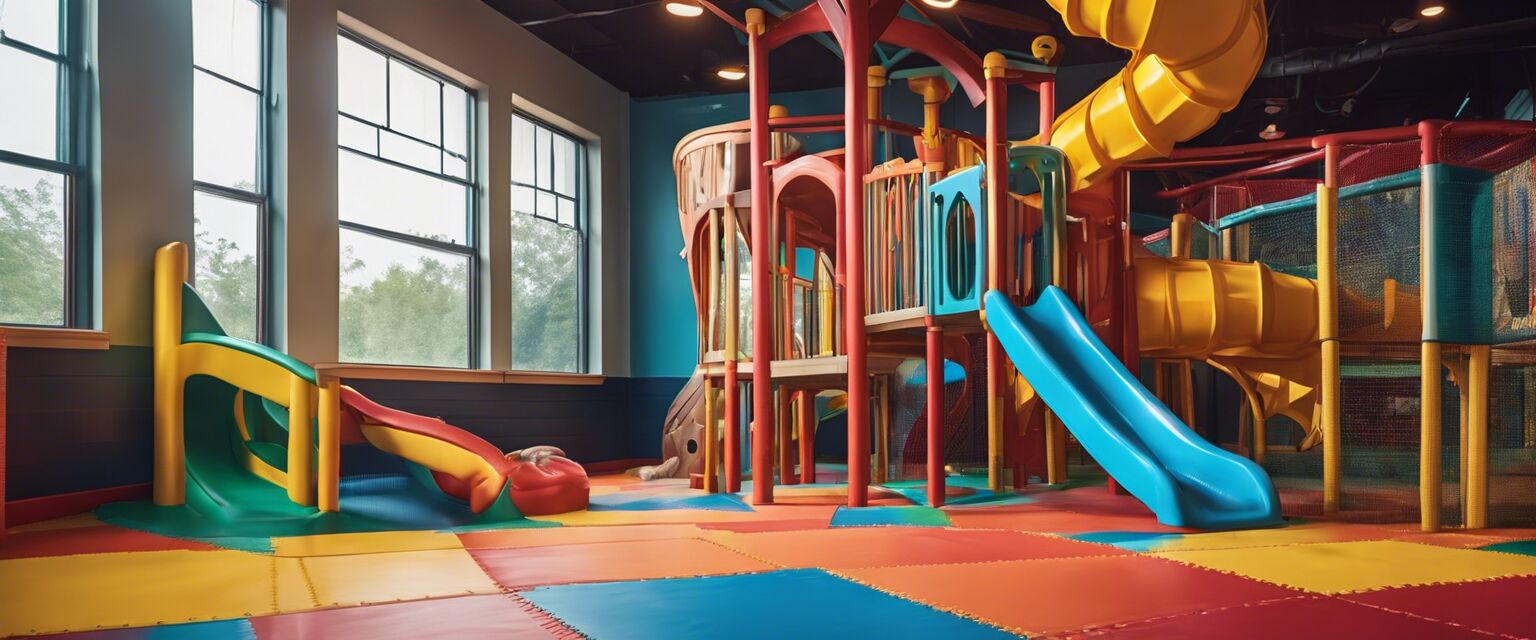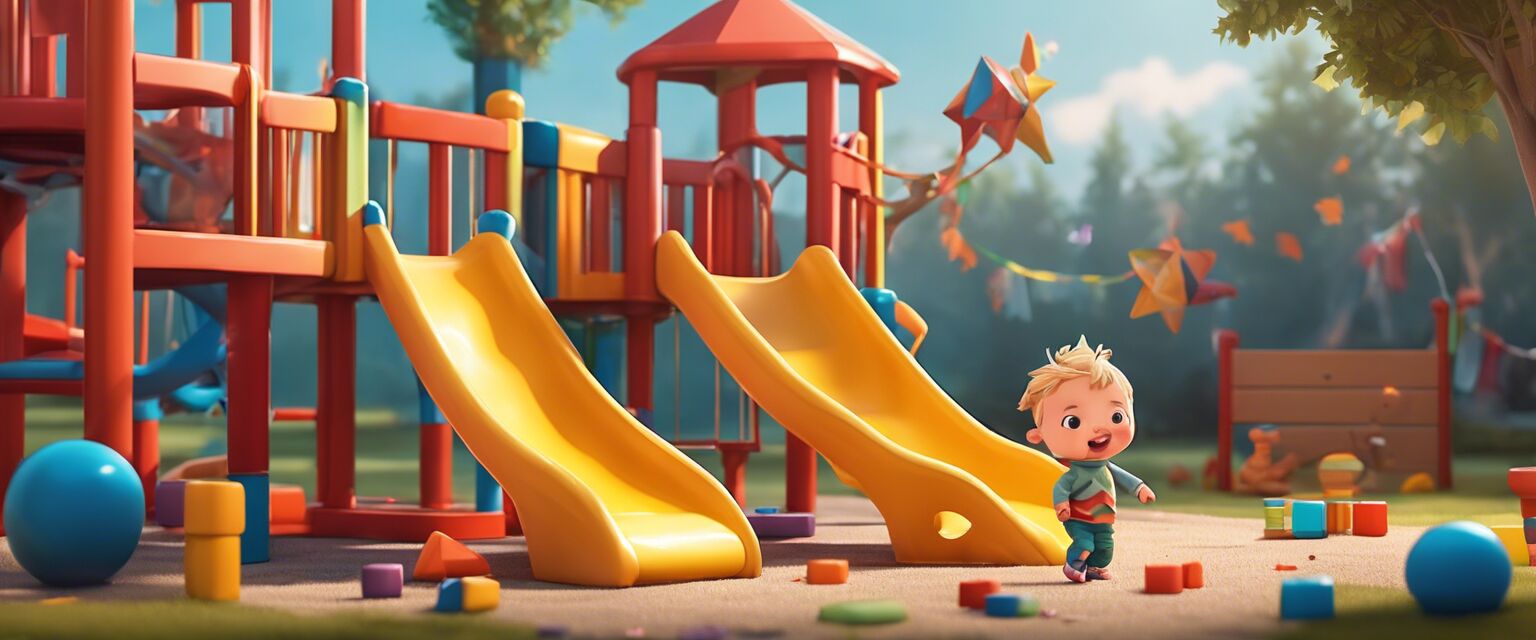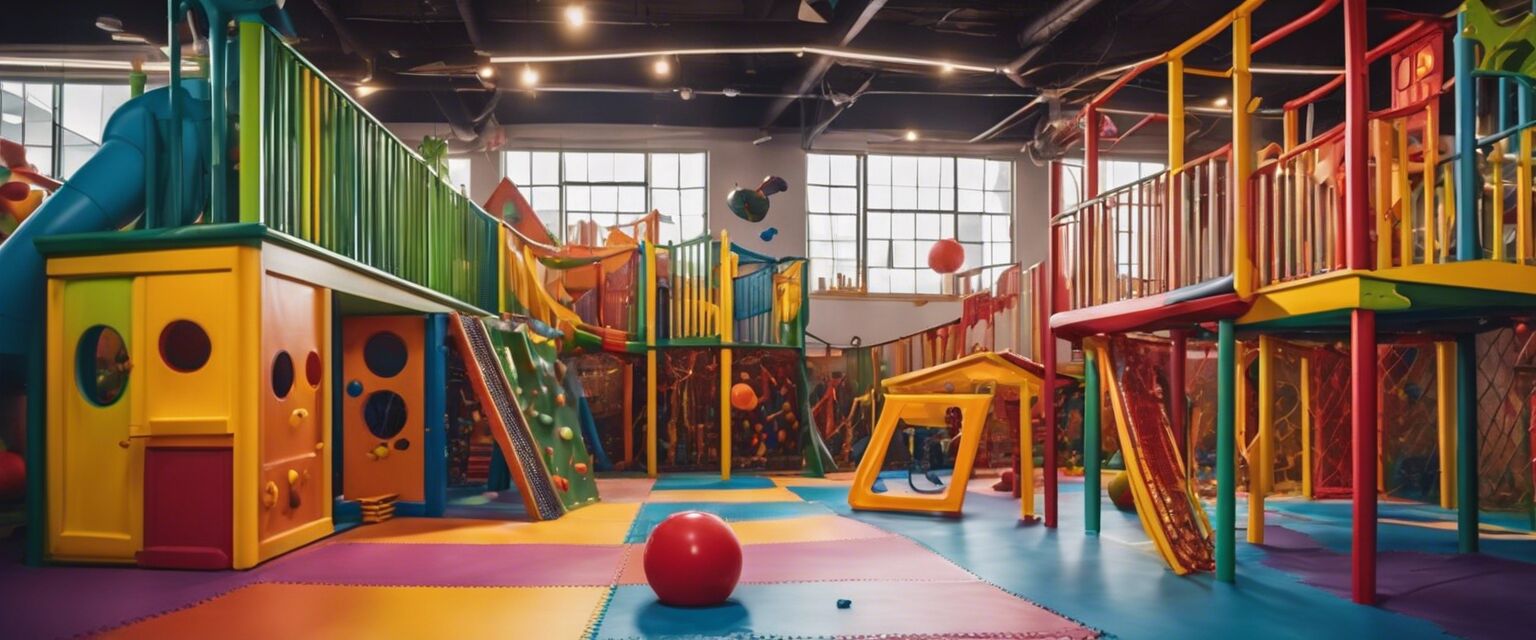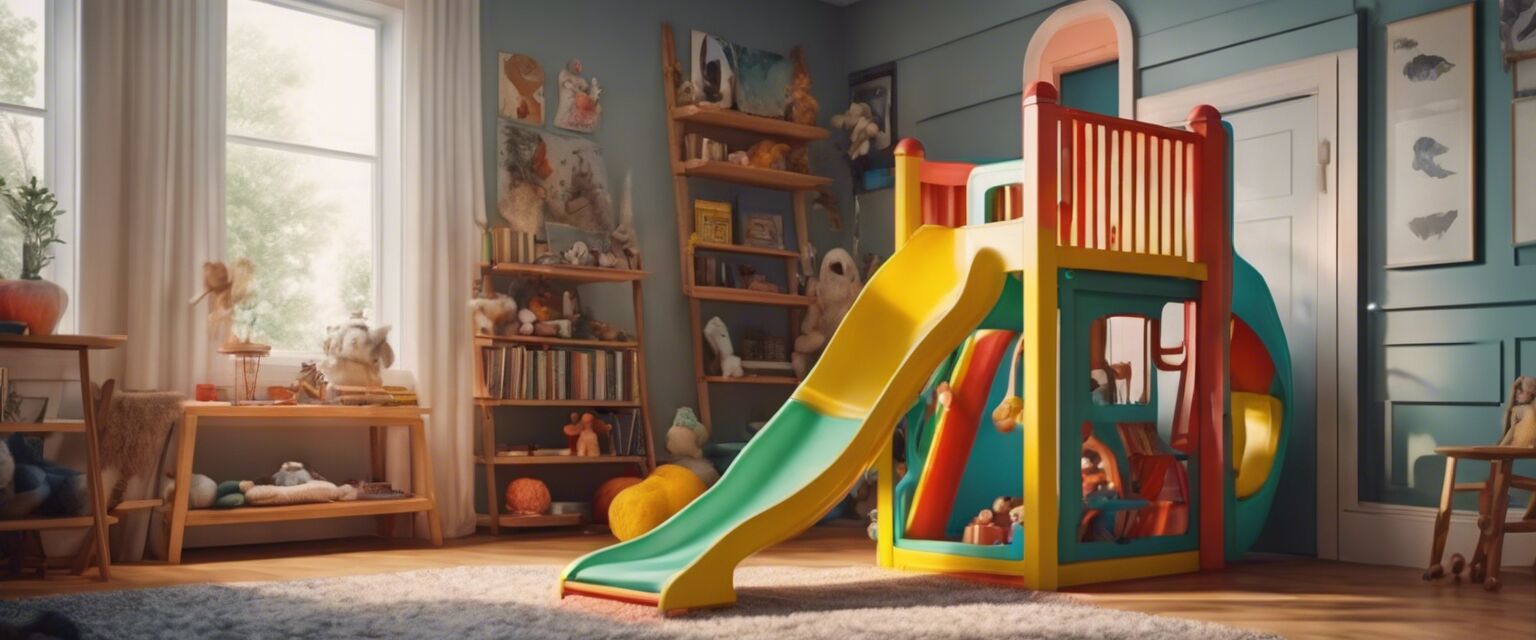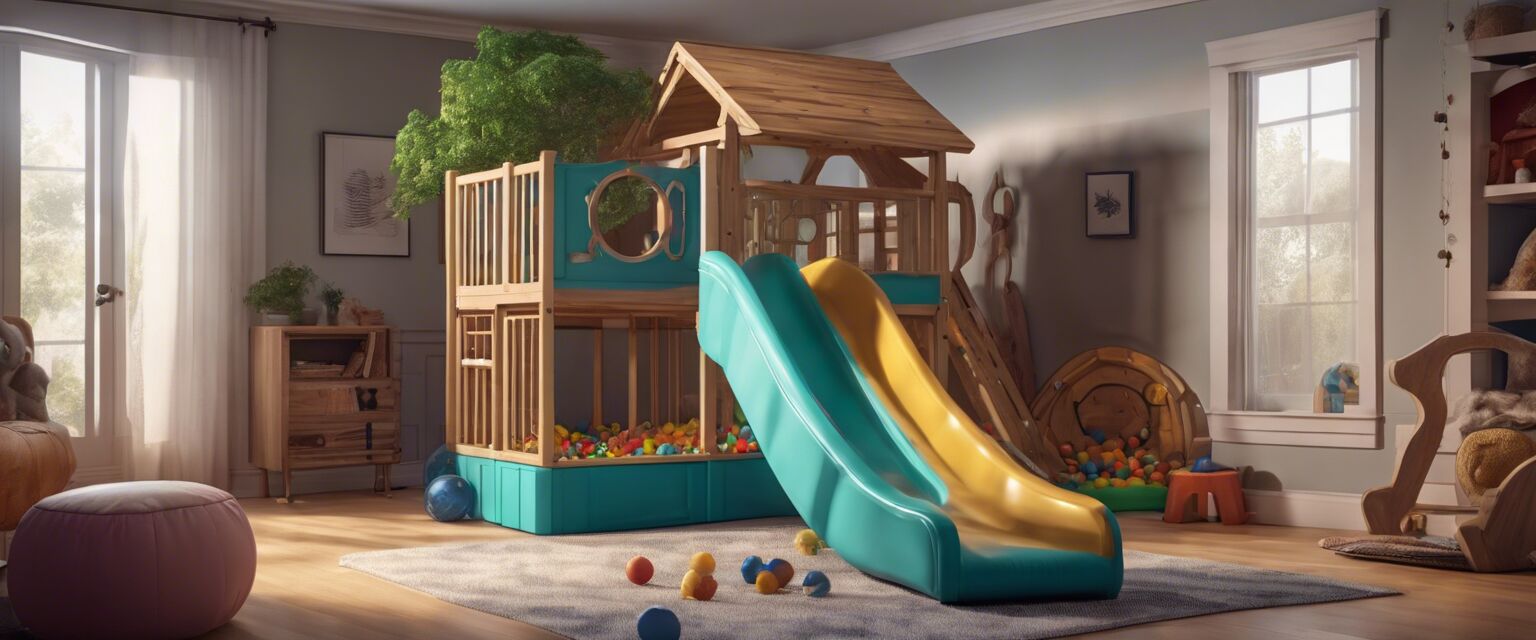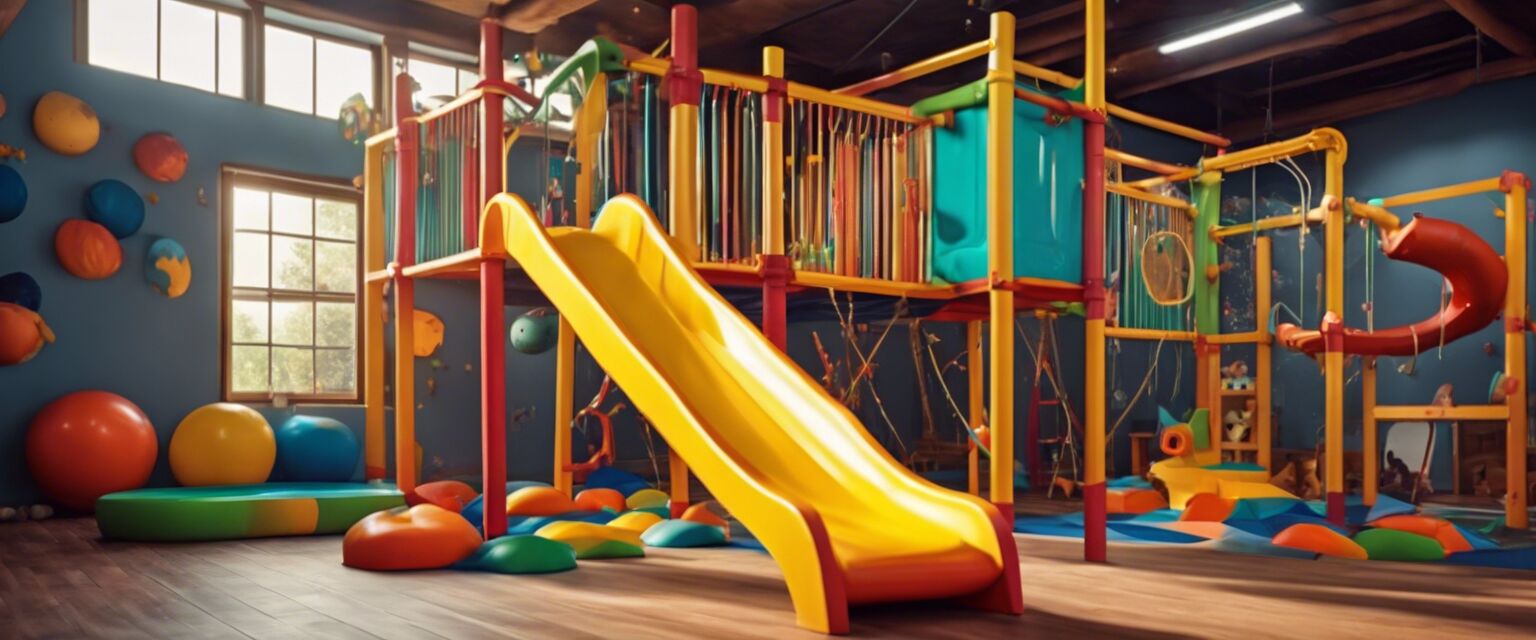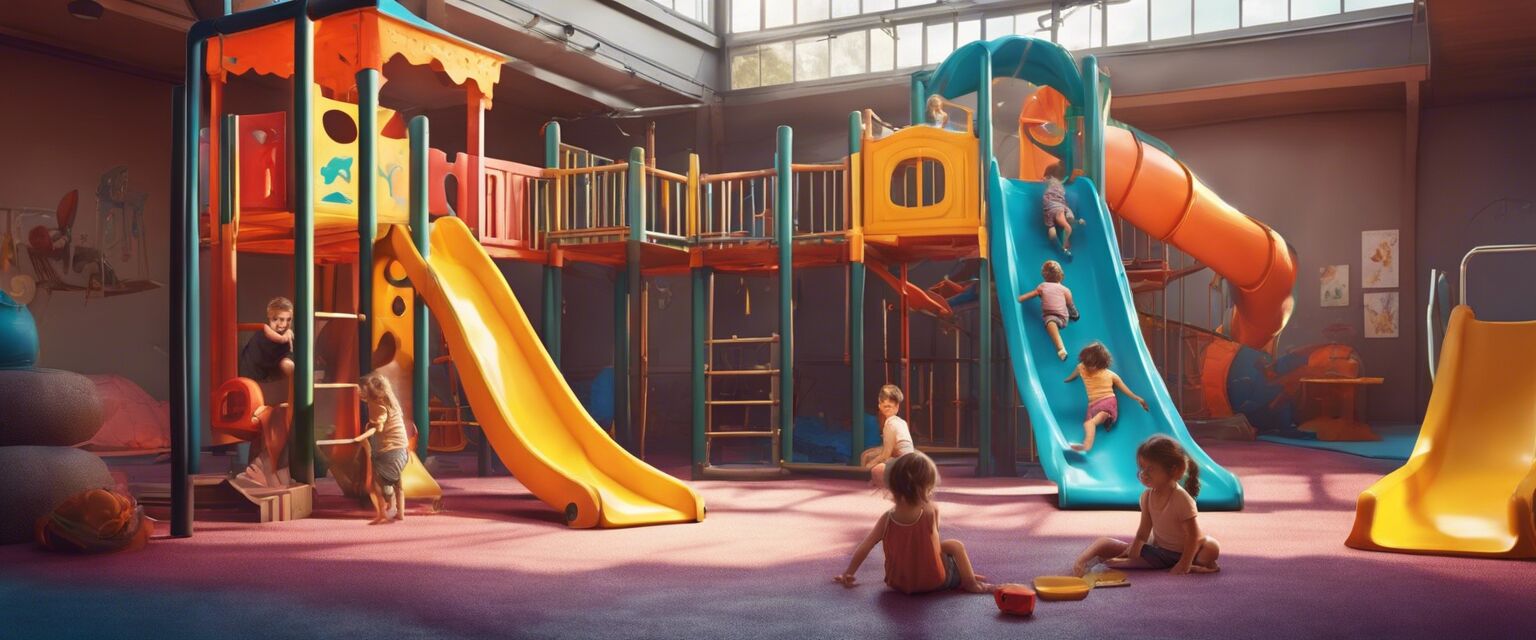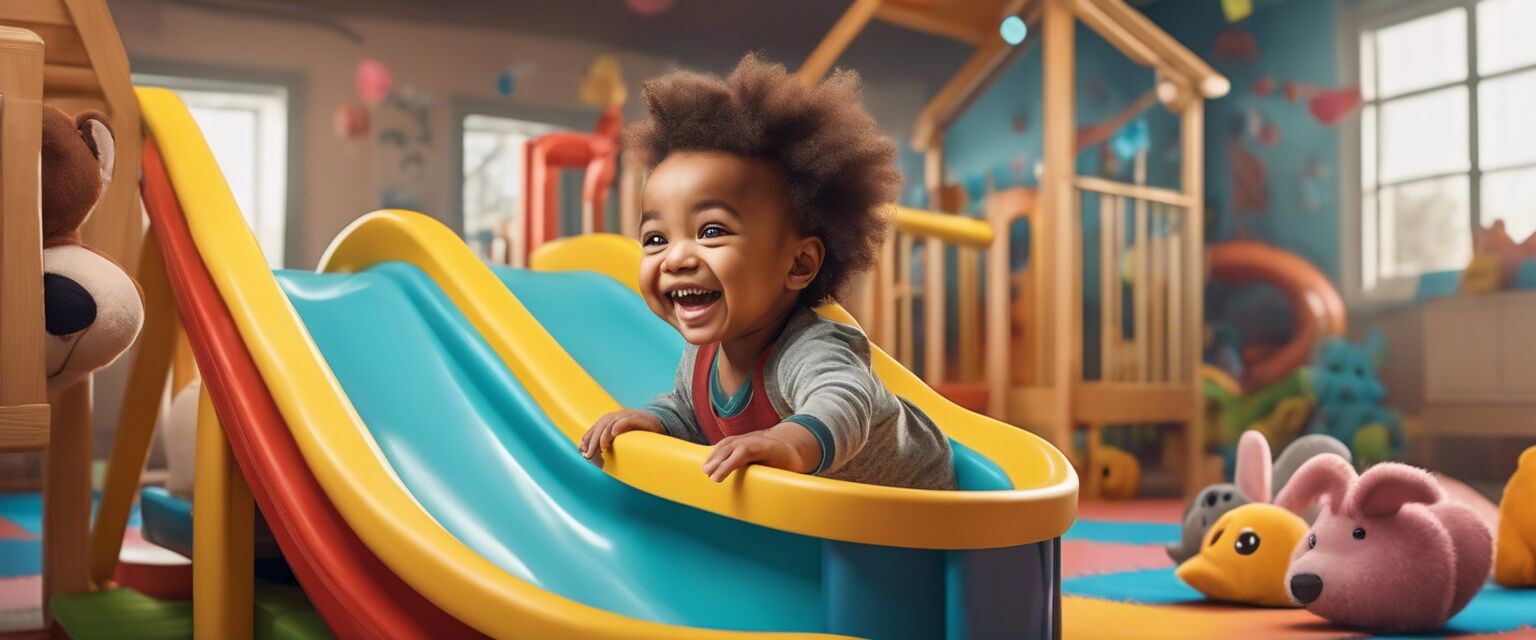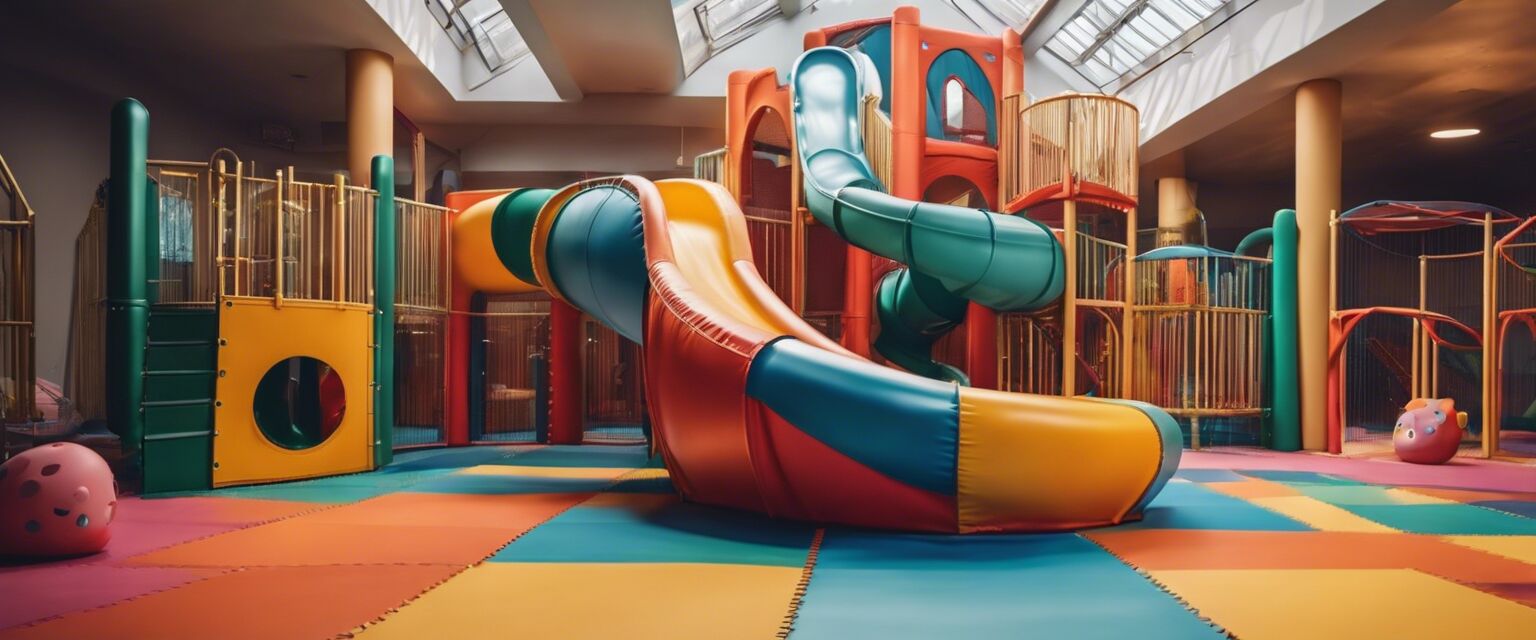
Benefits of Indoor Play Equipment
Key Takeaways
- Indoor play equipment promotes both physical and mental development in toddlers.
- Climbing and sliding help enhance motor skills, coordination, and strength.
- Engaging in indoor play can encourage social skills and creativity.
- High-quality indoor play equipment ensures safety and durability.
Indoor play equipment, such as slides and climbers, offers a variety of benefits for toddlers and young children. These engaging and interactive structures encourage children to explore, develop physical skills, and socialize with their peers. This article delves into the numerous advantages of indoor play equipment, emphasizing its beneficial impact on the developmental milestones of children.
Physical Benefits
The physical advantages of indoor play equipment are significant, as children actively engage in climbing, sliding, and exploring. These activities contribute to various aspects of their physical development.
| Physical Benefit | Description |
|---|---|
| Improved motor skills | Climbing and sliding enhance both gross and fine motor skills. |
| Enhanced coordination | Activities like climbing help children develop balance and coordination. |
| Strength building | Children engage various muscle groups when climbing and exploring. |
| Increased physical activity | Indoor play equipment encourages children to move and be active. |
Mental Benefits
In addition to physical advantages, indoor play equipment also fosters mental development in children. Engaging with these structures can significantly impact their cognitive skills.
- Enhanced creativity: Children use their imagination while climbing and sliding.
- Problem-solving skills: Choosing pathways and overcoming challenges promotes critical thinking.
- Social skills: Playing with peers encourages teamwork and sharing.
- Confidence building: Successfully navigating play equipment leads to increased self-esteem.
Safety Considerations
Safety is a primary concern when it comes to indoor play equipment. Choosing high-quality structures ensures that children can play safely.
| Safety Aspect | Description |
|---|---|
| Material Quality | Durable materials prevent breakage and ensure safety during play. |
| Design Stability | Well-designed structures minimize the risk of tipping or falling. |
| Soft Play Area | Placing soft mats beneath equipment reduces injury risk. |
| Age Appropriateness | Selecting age-appropriate equipment helps avoid misuse. |
Choosing the Right Indoor Play Equipment
When selecting indoor play equipment, consider the following factors:
- Space availability: Measure your play area to ensure the equipment fits comfortably.
- Age and size: Ensure the equipment is suitable for your child's developmental stage.
- Quality: Invest in sturdy, well-made equipment that can withstand active play.
- Variety: Look for versatile structures that can accommodate different types of play.
For more information on how to choose the best type of play equipment for your child, check our guide on indoor slides and climbing structures.
Encouraging Indoor Play
To maximize the benefits of indoor play equipment, encourage children to engage actively. Here are some entertaining ideas:
- Create obstacle courses that involve climbing, sliding, and crawling.
- Incorporate educational games that require movement, such as scavenger hunts.
- Host playdates to encourage social interaction among peers.
- Rotate and rearrange equipment to keep the play environment fresh and exciting.
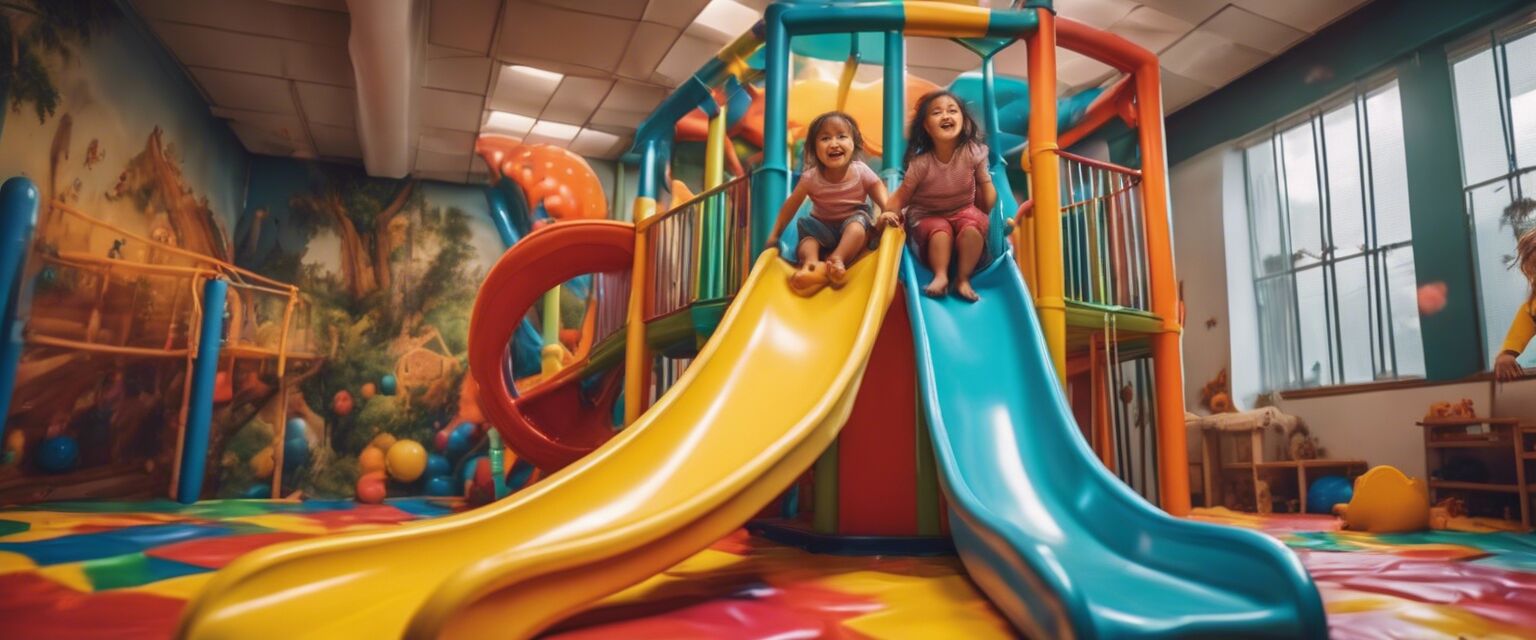
Maintenance of Indoor Play Equipment
Proper maintenance ensures that indoor play equipment remains safe and functional. Here are some maintenance tips:
- Regularly inspect equipment for wear and tear or damage.
- Clean surfaces to prevent dirt buildup and promote hygiene.
- Check fasteners and connections; tighten if necessary.
- Replace any defective parts immediately to avoid safety risks.
Tips for Beginners
- Start with smaller equipment to help children build confidence.
- Gradually introduce more challenging structures as children grow in ability.
- Supervise playtime to ensure safety and encourage positive interactions.
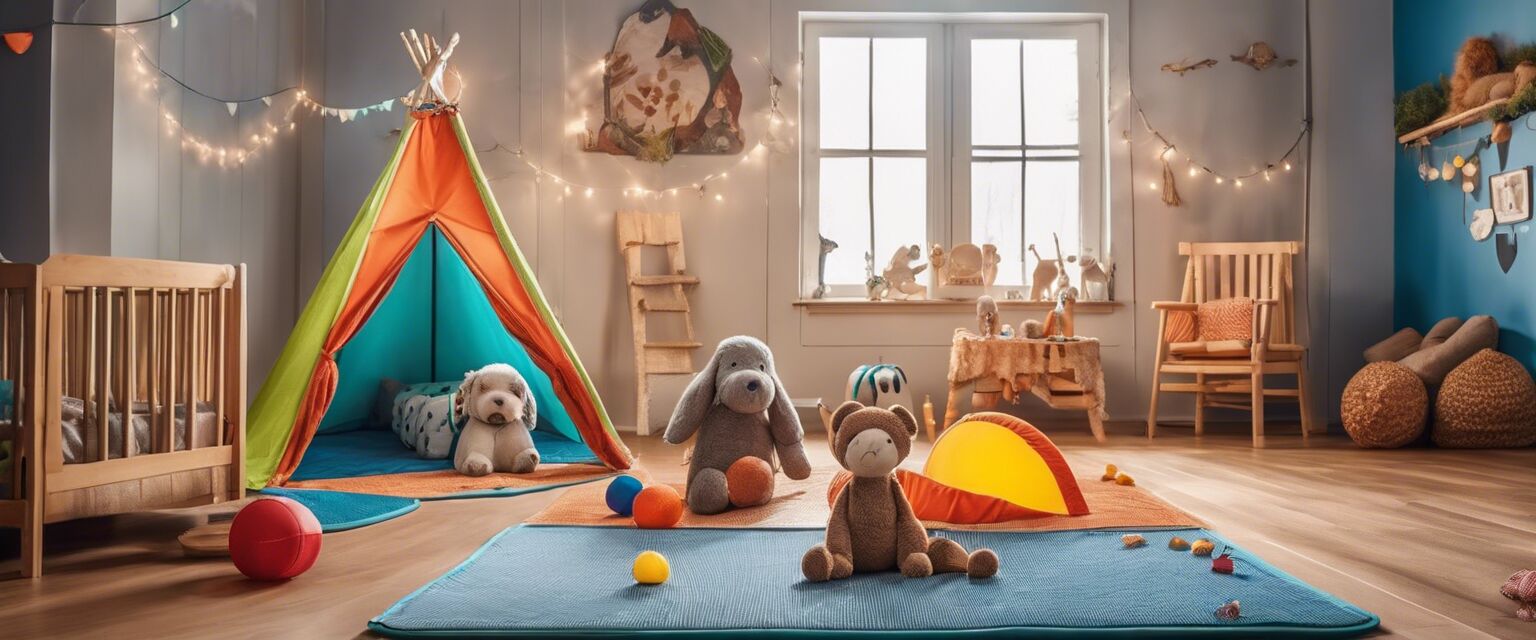
Pros
- Promotes physical activity and healthy growth.
- Encourages imaginative play and creativity.
- Supports social skills development through group play.
- Provides a safe environment for exploration.
Cons
- Requires sufficient indoor space for setup.
- May involve a significant initial investment.
- Regular maintenance is necessary to ensure safety.
- Possibility of injury if not supervised properly.
Conclusion
Indoor play equipment like slides and climbers offers invaluable benefits for toddlers and young children. By promoting physical activity, enhancing mental development, and encouraging social interaction, these structures play a vital role in fostering a well-rounded developmental environment. Invest in high-quality equipment to ensure hours of safe, engaging fun for your little ones.
Explore our collections of activity gyms, soft play equipment, and more to find the perfect addition to your child's playtime experience!
